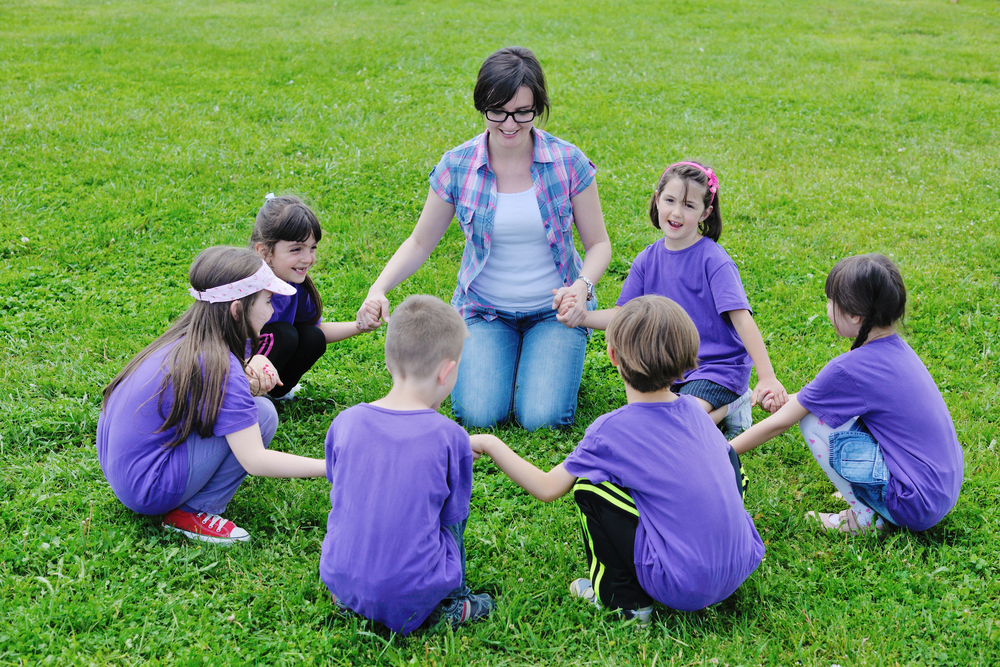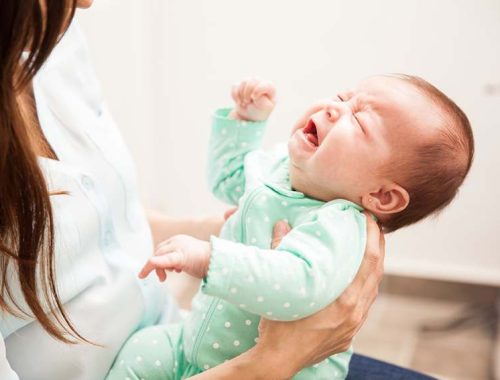
Getting Out of the Box: The New Educational Spaces
The rise of technology has been one of the elements that have most marked the learning environments of the 21st century. Today, more than ever, anyone has access to an enormous amount of information. This has caused a paradigm shift on several fronts, but many institutions continue to work in traditional molds that do not prepare their teachers and students to face this new world. Just as large companies forge work environments that match the outcomes they seek; educational institutions must create exceptional learning environments to ensure an outstanding education. In today’s pragmatic, competitive and changing environment, the spaces and furnishings of 21st-century learning environments must revolve around a central concept: flexibility. Some of the elements to consider in this regard are the following:
FUTURE-PROOFING

Structures must have some level of adaptability over time. Just as the paradigm of education has changed in recent decades, it will continue to evolve in the future, perhaps at an even more intense pace. When making an architectural decision, we must be sure that the economic expense that it entails remains in force for as long as possible. Futureproofing avoids, for example, buildings that cannot be rearranged in the long term due to a poorly located support column or an awkwardly located utility infrastructure. In general terms, the general recommendation is that the services go through the external walls, the floors, and the ceilings, with a view that the internal walls and columns can be displaced in the medium and long term.
CLASSROOM DIVERSITY AND CLASS STYLES
An educational institution should have classrooms of various sizes so that the different possible class styles are coupled. For example, the classrooms used by older students are generally smaller since, in this context, the subjects require more intimate discussions that develop critical thinking. Similarly, specific classrooms must be larger, as they must serve as a stage for group work or even house more than one course. For this reason, building a building with uniform cubicles for classrooms should be avoided at all costs and instead opt for a greater variety in the size and style of classrooms so that it can be chosen according to each situation.
CONNECTION WITH PHYSICAL SPACE

In addition to the physical space, we must change the orthodox attitude taken towards it. Typically, teachers are assigned a room that they identify as “their own.” Although this undoubtedly brings advantages – such as a more personal classroom decoration and care – it encourages teachers to think literally “inside the box”. On the contrary, one must begin to see spaces as tools chosen according to the objectives and style of each class, not as something that remains constant. For example, it may be that, for a certain class, going to a museum or doing fieldwork is a better option than being in a classroom. If the space is put to traditional use, the mental dynamics of students and teachers will remain classic.
CREATIVE SPACES
The traditional classroom configuration in which we have grown up has led to the schematization of certain ways of thinking, especially about teaching. For this reason, to create new and creative learning possibilities, it is necessary to build spaces far removed from these traditional forms. For example, if they only need a notebook and a tablet for class, why not offer them a more comfortable place? In a lounge-style classroom with cushions, students could sit comfortably and discuss with each other. As mentioned above, they could also use low tables instead of high tables to take notes while chatting between the cushions. In fact, the tables could be made of glass to write with markers on them. These creative spaces allow the freedom of thought and research necessary in today’s education precisely because they are different from the models we are used to.
You May Also Like

Causes and Treatments of Colic in Infants
2022-06-09
Which Shoes for Your Baby?
2022-10-28

